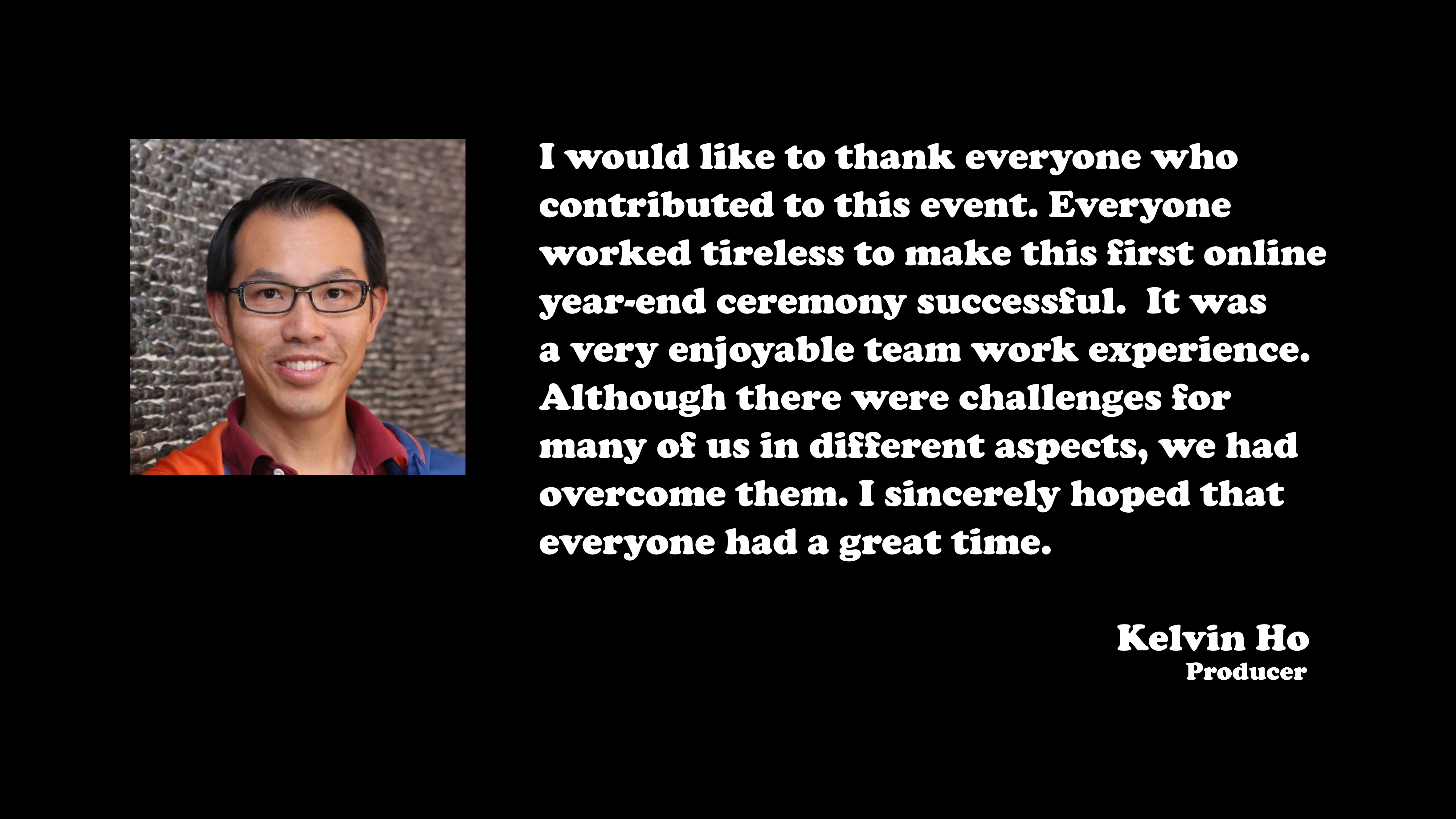
Event Photos
by Kelvin Ho on 2021/12/21

Event Photos
by Kelvin Ho on 2021/12/06
by Kelvin Ho on 2021/11/18
Breathing in Practical Method is actually no active breathing.
Read more
by Kelvin Ho on 2021/11/11
水功 (慢) vs 火功 (快)
20 趟拳是水功 。慢慢改变身体,不用用力太猛。
用力练一路是火功。
动肘到拳肩线,但拳肩线不能改变方向和位置,只能变长。
Water vs Fire
Read more
by Kelvin Ho on 2021/10/31
This was recorded at around 36,000 yilus.
by Kelvin Ho on 2021/10/29
by Kelvin Ho on 2021/10/27
Fajin with Six Sealing Four Closing
by Kelvin Ho on 2021/10/23
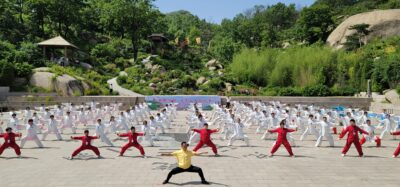 Master Chen Zhonghua always says that we need to do 20 yilus a day. If you haven’t done it before, consider to give this a try. For this challenge, you will need about 2 hours a day, which can be divided into multiple sessions to fit into your busy schedule to practice 20 yilus. By the end, you will complete about 1200 yilus. Read more
Master Chen Zhonghua always says that we need to do 20 yilus a day. If you haven’t done it before, consider to give this a try. For this challenge, you will need about 2 hours a day, which can be divided into multiple sessions to fit into your busy schedule to practice 20 yilus. By the end, you will complete about 1200 yilus. Read more
by Kelvin Ho on 2021/10/22
Exercise 1:
Rubber between the hand and the foot. Bend down first. Lock the upper body. Push the kua forward towards the rubber. The focus of this exercise is to train the kua, the use of power in the kua to extend the rubber. This is converting a horizontal movement to a vertical one. We want to train a great range of kua movement. Gradually, increase the tension of the rubber.
The above exercise trains a vertical movement. This is a precursor to the movement needed to do Six Sealing Four Closing. Read more
by Kelvin Ho on 2021/10/15
Today’s exercise is to practice 别开. Get stuck with the opponent at the top, use the kua to rotate the waist. The energy through the middle of the chest must get to the hand.
Set up my hands on something that is totally locked.
标准 is 认可。
Yilu is the first standard when we first learn taiji.
He talked about the story of the storyteller from the native people.
The story words went with the rhythm of music. If they are wrong, they can’t continue.
Form and Applications were separate before.
2nd Cloud Hand – 衬 – To bring out/support the main thing
3rd Cloud Hand – 盖 – To cover
by Kelvin Ho on 2021/10/07
Bie 别
Lock one side and move the other
Exercise: Put my forearm on the opponent’s chest. Lock the hand, move the elbow. The elbow needs to move along the line of the upper arm. This is the tangent to the circle. The forearm has a stretch.
Trained power moves using Yilu from first move.
Block Touch Coat: Right hand block
When the person appears to be big and strong, do a bigger circle.
When the person appears to be small and weak, do a smaller circle, more like a direct hit.
We have to train enough to put ourselves in the position of power.
by Kelvin Ho on 2021/10/01
肩和膝管上下。
肘管上身。
胸中间管中线。
胯管左右。
功夫 – 指哪打哪。要一个部位动,就只有这一个部位动。
功夫 – 对方预测不到的。超出了自然。
两种难:
要进步:强逼(不做就罚你)、自愿(给引诱的)、被欺骗的(自己不知道)
by Kelvin Ho on 2021/09/30
We need to pass it on. We can’t worry about who can really do it or not.
Passing it on means the receiver remembers what you said, and can repeat the saying.
Story Telling
We use stories to pass on information.
Plains of Abraham: This battle was won by British army. From here, Britian eventually gain control of North America when French Revolution took place, and France gave up North America.
Wuji is there is nothing within an area. You draw a circle to mark an area. Wuji is having a restriction.
1+4 = 2+3 = 5 + 0 = 1.1 + 3.9 Wuji is saything that the sum needs to be 5.
Taiji is to say from 0 to 5.
To say 10, it’s because there are 5 on each side.
Yi (intent) is based on a real experience. Yi is not plain imagination without real experience.
We want the core to control the movements, so we can see the limbs but not the dantian itself. Training: Kick with heel as an exercise.
by Kelvin Ho on 2021/09/24
Lever: one side goes down, but it actually needs to move, so the pivot keeps moving backward within the rod.
Book exercise: Not allowing the book to fall down with your hand and opponent’s hand on it. One person pushs and pulls, the opponent matches the action with the elbow, shoulder, kua, feet.
Leader in 3-count circle
Six Sealing Four Closing: While the two knees are going up and down, they are restricted within a cylinder.
by Kelvin Ho on 2021/09/19
by Kelvin Ho on 2021/09/18
First step in the first move:
After the right turn, my left hand is on the opponent’s elbow not moving, while my right hand holds the opponent’s wrist. Lock my outside, shrink the distance between my right elbow and right kua. This is to fali 发力.
3-count positive circle:
by Kelvin Ho on 2021/09/08
Fixed two dots are static power. Add one more dot between the two is dynamic power. As long as you can stretch this third dot against the fixed two dots, you have power, e.g.
Master Chen explained the difference in the following: 开步、合步、跟步、开脚。
Size of the two gears determines the direction of the resulting power.
Dao – Everything exists as it is. There is no right or wrong. The sequence matters. An individual piece is fine as it is. If you disrupt the flow (the sequence), it becomes problematic.
Elbow (in), Kua (rotate), Hand,(out). It is wrong when the sequence is messed up.
by Kelvin Ho on 2021/09/07
3 hats:
松沉 – Vertical plum line, the line has no power itself. The line is a relationship. Taiji needs the relationship to be virtual.
Between the sun and earth, there is gravity, which is the relationship. It is real, but you can’t touch it.
You have learning something once you can paraphrase it.
If you can see it, you have learned it.
If you can really see it, what you see does not change.
To be a student, always collect data/information. Over time, patterns will be formed from such information.
Figure 8 positive circle – A big positive circle in the front, and a small negative circle at the back
Figure 8 negative circle – A small positive circle in the front, and a big negative circle at the back
Use the kua to draw the circle.
by Kelvin Ho on 2021/08/06
All joints between the two ends must be open. Only the hand against the opponent, and the foot against the floor compress.
At the beginning, when opening one joint, it forces a compression to the next joint. We must continue to open each of them until it reaches the end.
When doing fajin, only go to 80% extension.
The kua goes up to the inside towards the elbow.
Elbow, shoulder, kua are 1/3, 1/3, 1/3.
First half of the circle, push into the front foot, but the foot does not move.
Compass: one needle does not move at all, the 2nd needle is pinned to the paper but to the table. When moving the compass, the 2nd needle will move around the first needle dragging the paper. The 2nd needle moves on a track (specifically around the first needle).
Those are the 3 kinds of not moving:
First move of yilu: Vertical rotation inside a cylinder
by Kelvin Ho on 2021/07/24
Three ways of talking about our actions:
Other analogies:
by Kelvin Ho on 2021/07/23
Going down – It needs to be led by the bottom.
Going left – It needs to be led by the left side
Going right – It needs to be led by the right side.
Going up – It needs to be led by the top.
Read more
by Kelvin Ho on 2021/07/21
Human is the relationship.
Chinese emphasizes on relationship.
Taiji is being the catalyst, and create a relationship between two things.
Read more
by Kelvin Ho on 2021/07/11
by Kelvin Ho on 2021/07/08
Turning Flower from the Bottom of the Sea
by Kelvin Ho on 2021/07/02
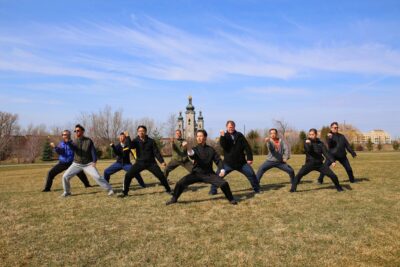

This is a new free community event to be hosted on the three selected Saturdays of July, August and September in 2021. It introduces tai chi as a morning exercise to start the day off. It also celebrates the re-opening of our cities in Ontario.
Read more
by Kelvin Ho on 2021/07/02
Kua physically can only go up and down.
Knee physically can only go sideways.
We need to produce the splitting energys all the time.
Turning Flower From the Sea Bottom
Six Sealing Four Closing
Do yilu with fajin for a month, so I am ready to do really do cannon fist.
by Kelvin Ho on 2021/07/01
by Kelvin Ho on 2021/06/26
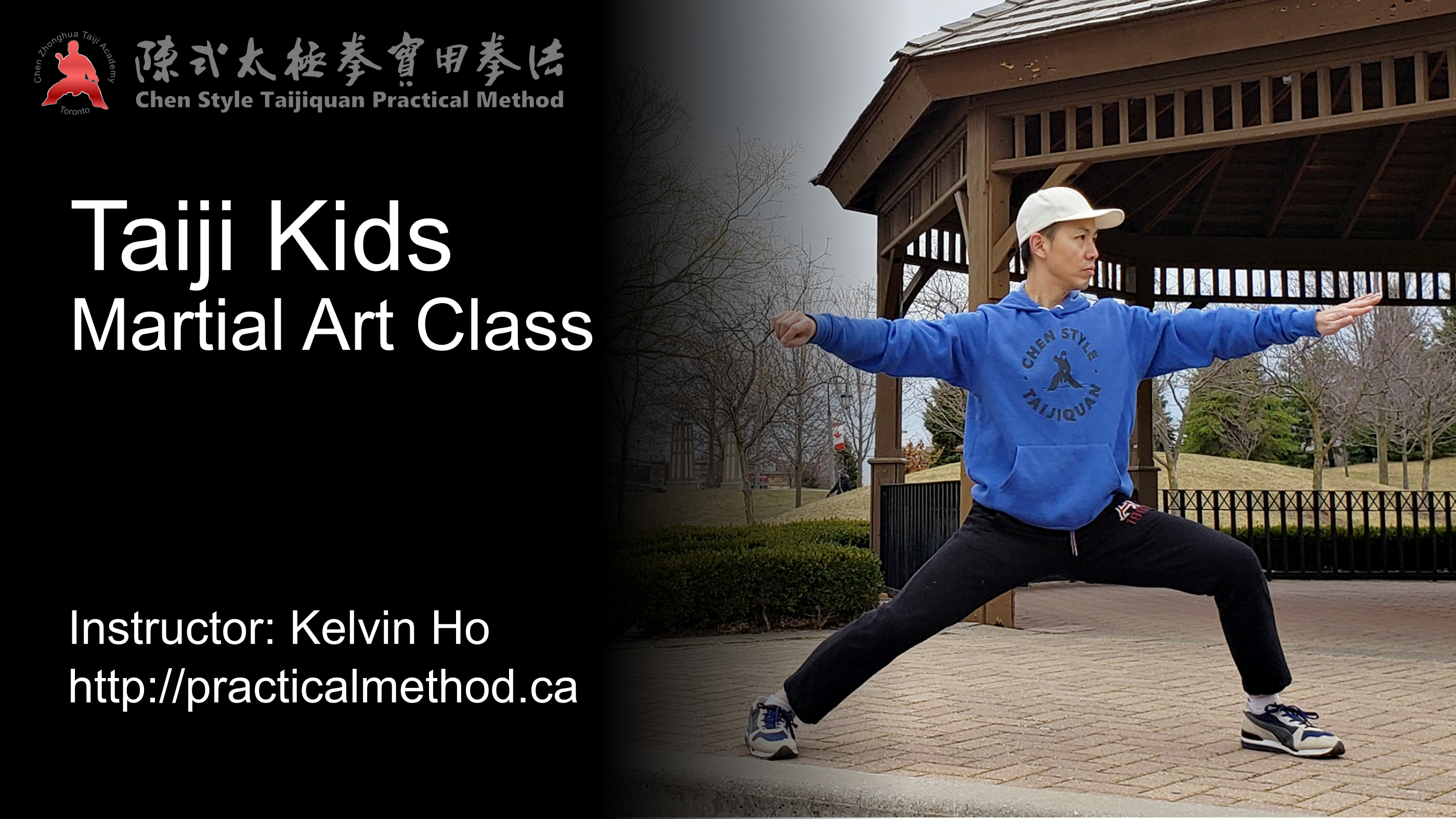
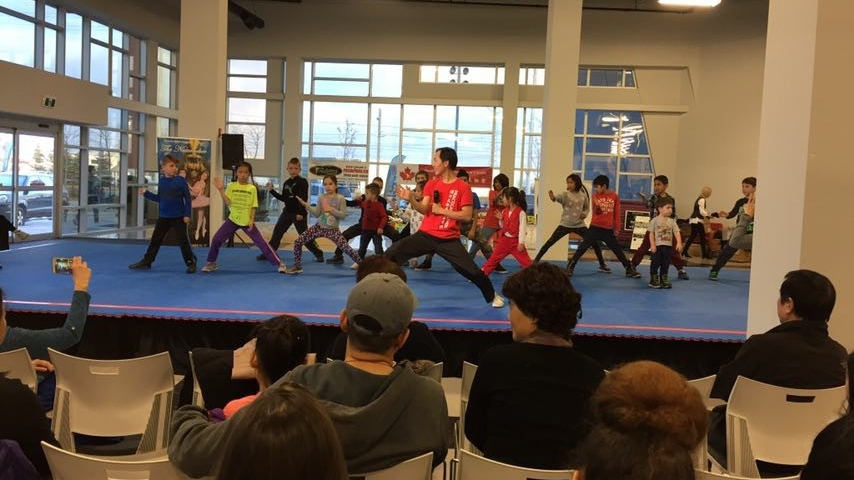
Starting on July 7, 2021 – 8 classes
Wednesdays: 6:45 pm to 7:45 pm
Saturdays: 3:30 pm to 4:30 pm
Location: Near Markham Civic Centre
Content: Taiji foundations and the Practical Method 13-form
For more information, please see https://5lovehd.com/wap/hwtemp.asp?id=616
by Kelvin Ho on 2021/06/25
Two scales (levers) in the body
Master Chen indicated if we truly understand how to make a lever in the body, then having two of them simply means creating two levers using two different set of body parts.
The 2nd levers must be created separately from the first one. However, they must be related somehow or can be said to share a common point.
Each lever is a gear. Engaging two gears together creates a common point at their teeth, and that is how they relate to each other.
Read more
by Kelvin Ho on 2021/06/24
This demonstration uses two other parts to drive one part, and these parts are interacting gear-like. This is how we are learning to move our body in Practical Method.
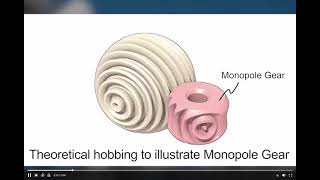
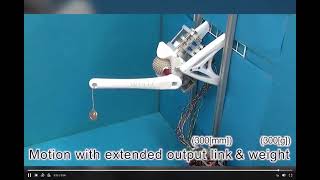
by Kelvin Ho on 2021/06/18
“Three” represents a loop, means to repeat things endlessly.
There is really only two main things in Chinese martical arts: horizontal and vertical.
We need to determine horizontal and vertical, one of them is more dominant.
However, you need both of them to be present to say that there is either horizontal or vertical. We need to both to make the distinction.
Read more
by Kelvin Ho on 2021/06/08
Back to the Mar 30, 2021 exercise, there is one part that goes out, and one part that goes up. Eventually, there is a force that goes out and around.
by Kelvin Ho on 2021/06/04
We use the kua to initate and drive our moves. When that is done, we will see other body parts move, and not the driver itself. Read more
by Kelvin Ho on 2021/06/03
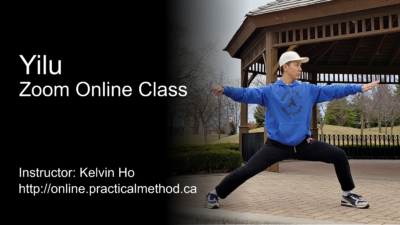
Thursday 8:30 pm to 9:30 pm ET
Fee: $20 USD/class (pay in advance by month) through PayPal (kelvin.ho@kawai.ca), or $25 CAD/class (pay in advance by month) through e-transfer.
If you would like to signup, please contact Kelvin Ho at kelvin.ho@practicalmethod.ca.
by Kelvin Ho on 2021/05/28
by Kelvin Ho on 2021/05/21
by Kelvin Ho on 2021/05/20
by Kelvin Ho on 2021/05/19
Ground Dragon
How to pull up the right leg?
Twist
Need to break a seal, e.g. how to open a stuck jar lid.
We need to twist ourselves in the setup, we unwind ourselves in the action.
Imagine that you separate our body into top half and bottom half. At the beginning, they are not twisted such that the front of the top lines up with the front of the bottom. You use your top to match the opponent. You change the bottom to face the other way (180 degrees opposite) while the top continues the same. Now that the top half and bottom half are twisted. There is potential energy built up, as you unwind, power is released, and there will be rotational power.
by Kelvin Ho on 2021/05/11
Lean with Back (背折靠)
Right fist and rear kua line up.
Elbow as a handle goes around that line.
Shoulder goes down to the kua.
Kua comes up to the shoulder.
The two lines must be maintained, and they must interact with each other.
The freer the rest of the body with those two lines maintained, the more power there is.
by Kelvin Ho on 2021/05/10
